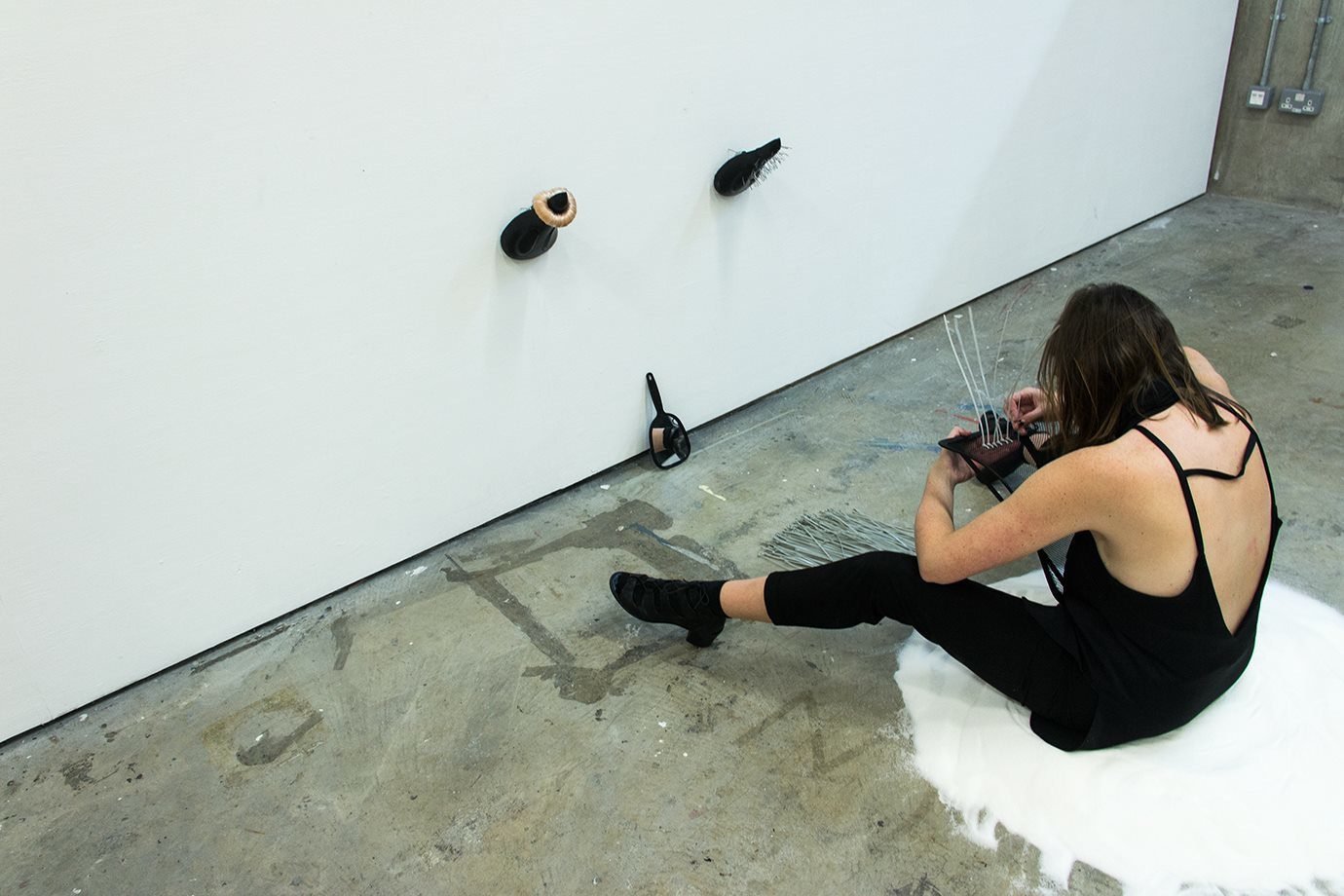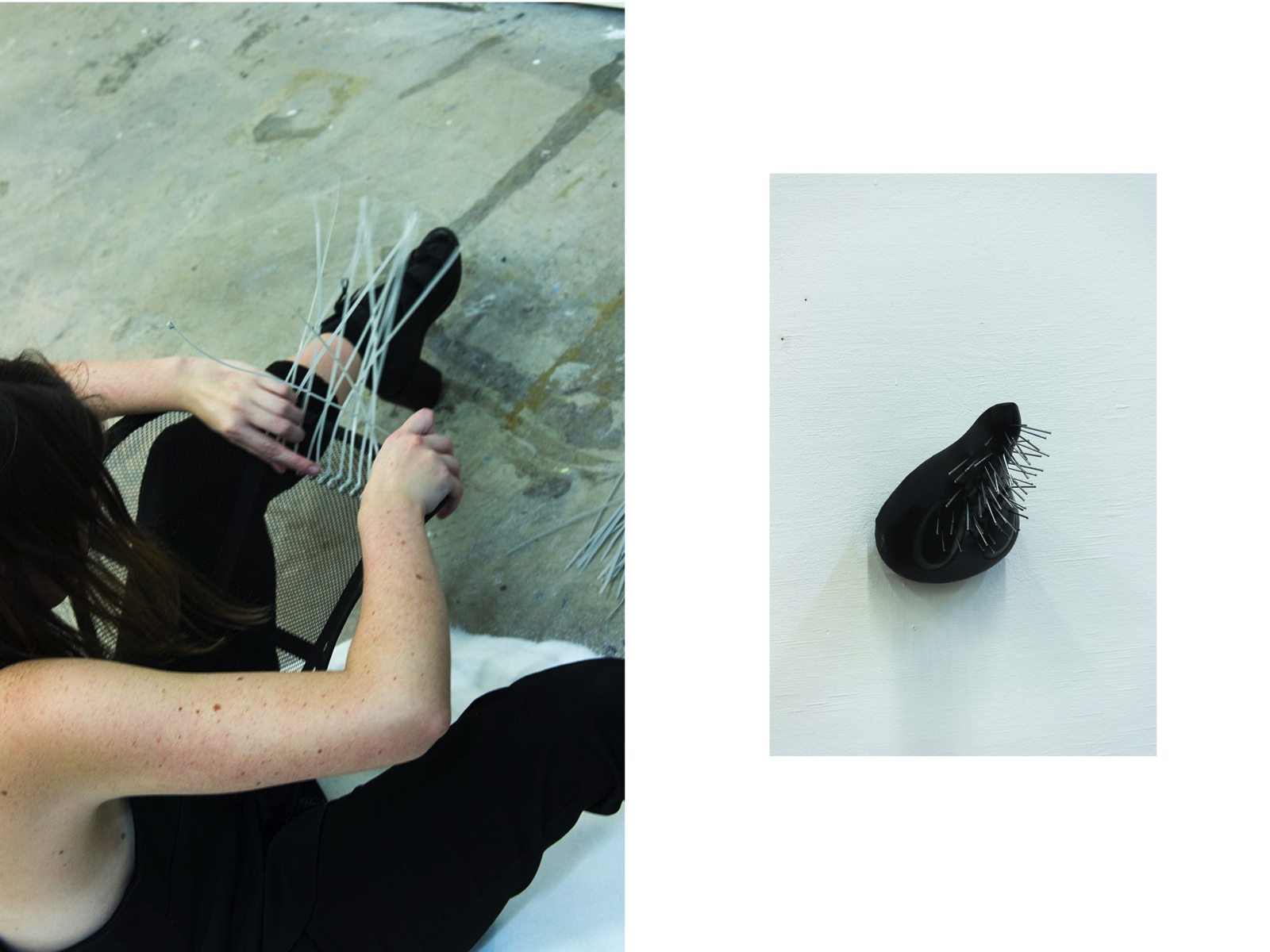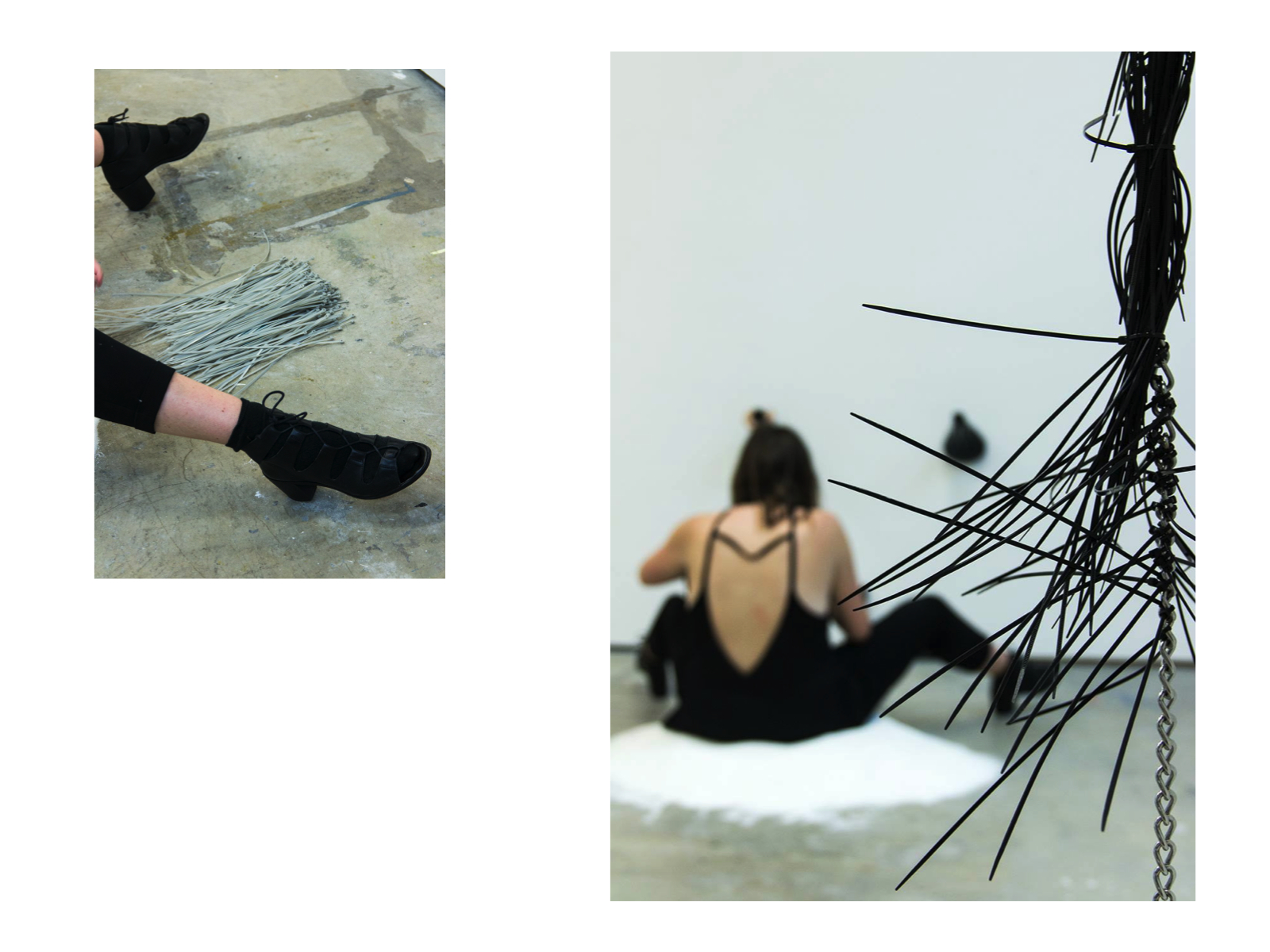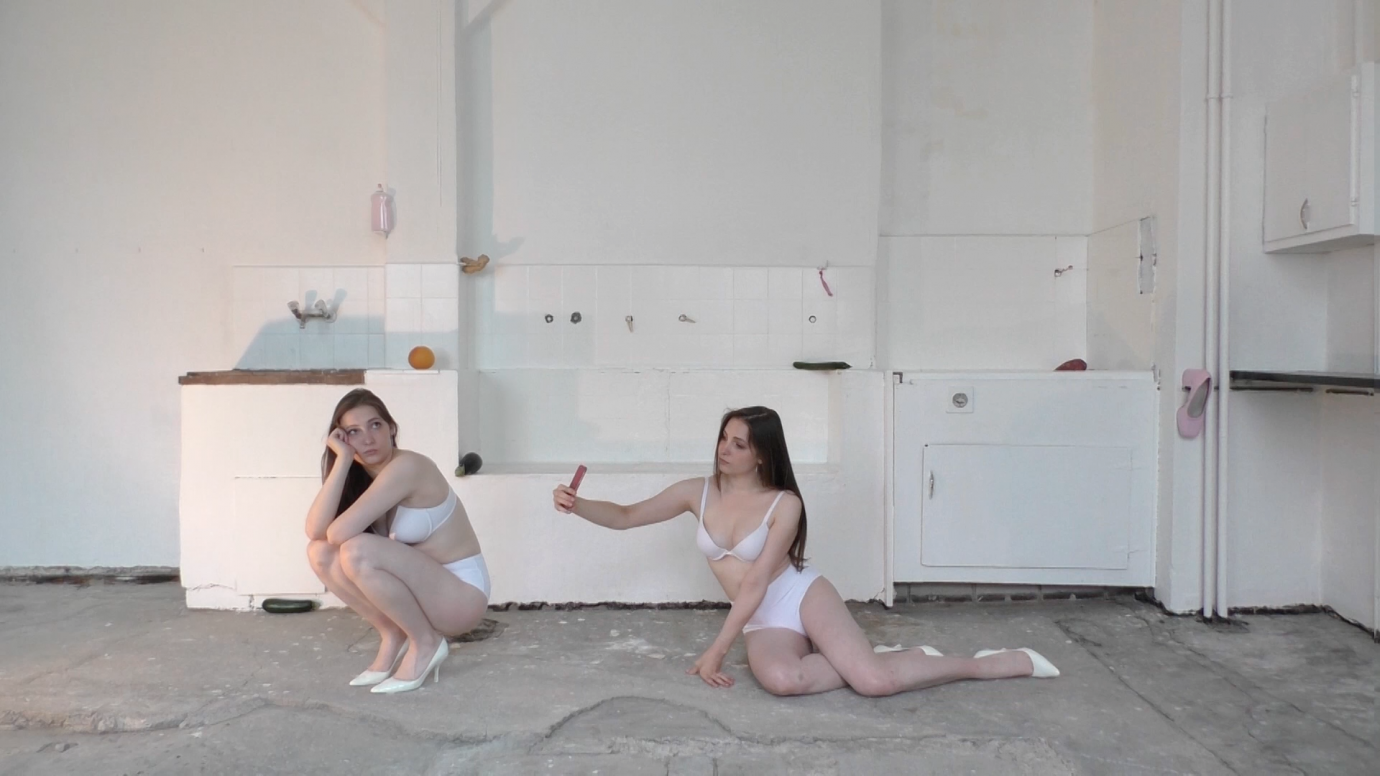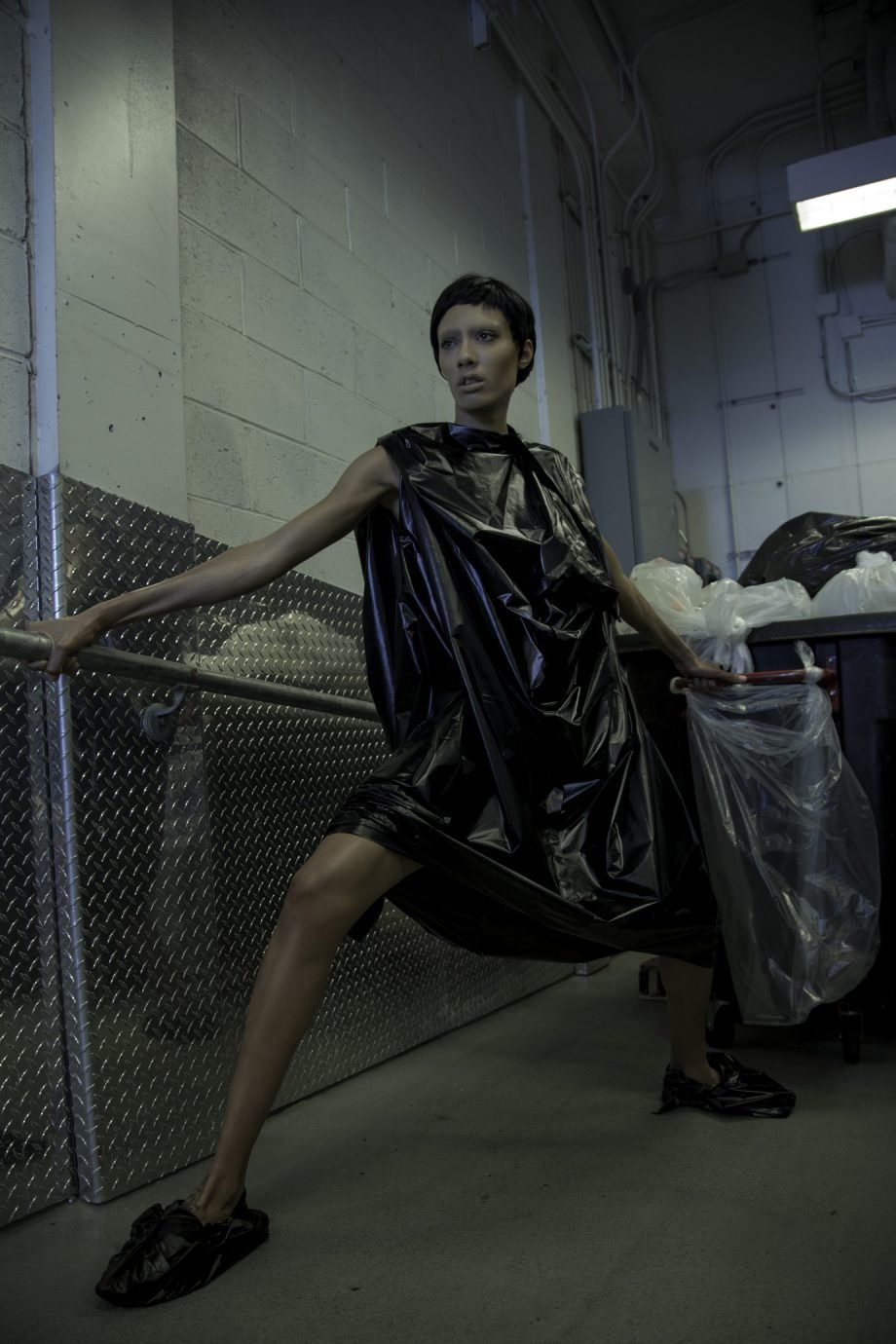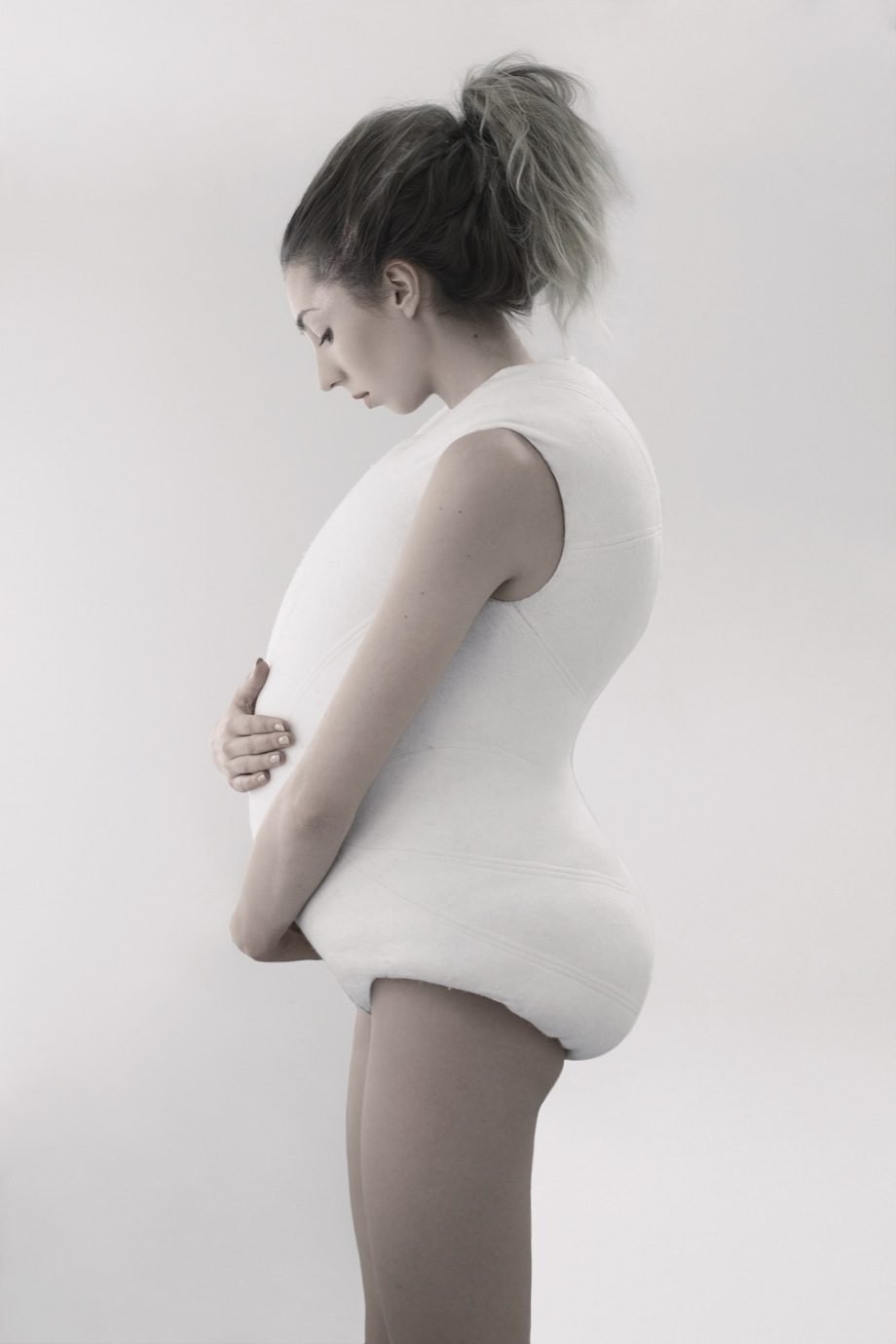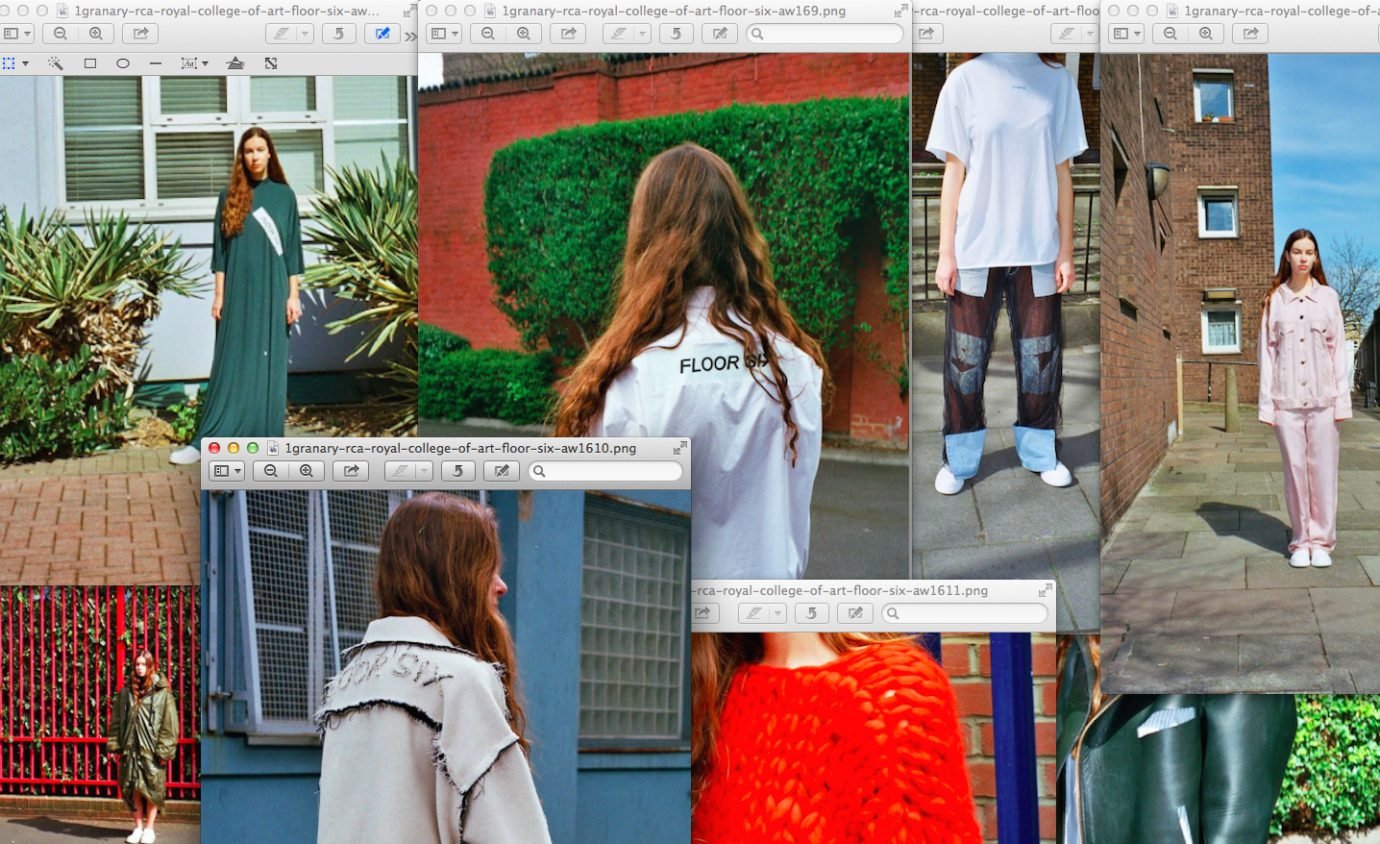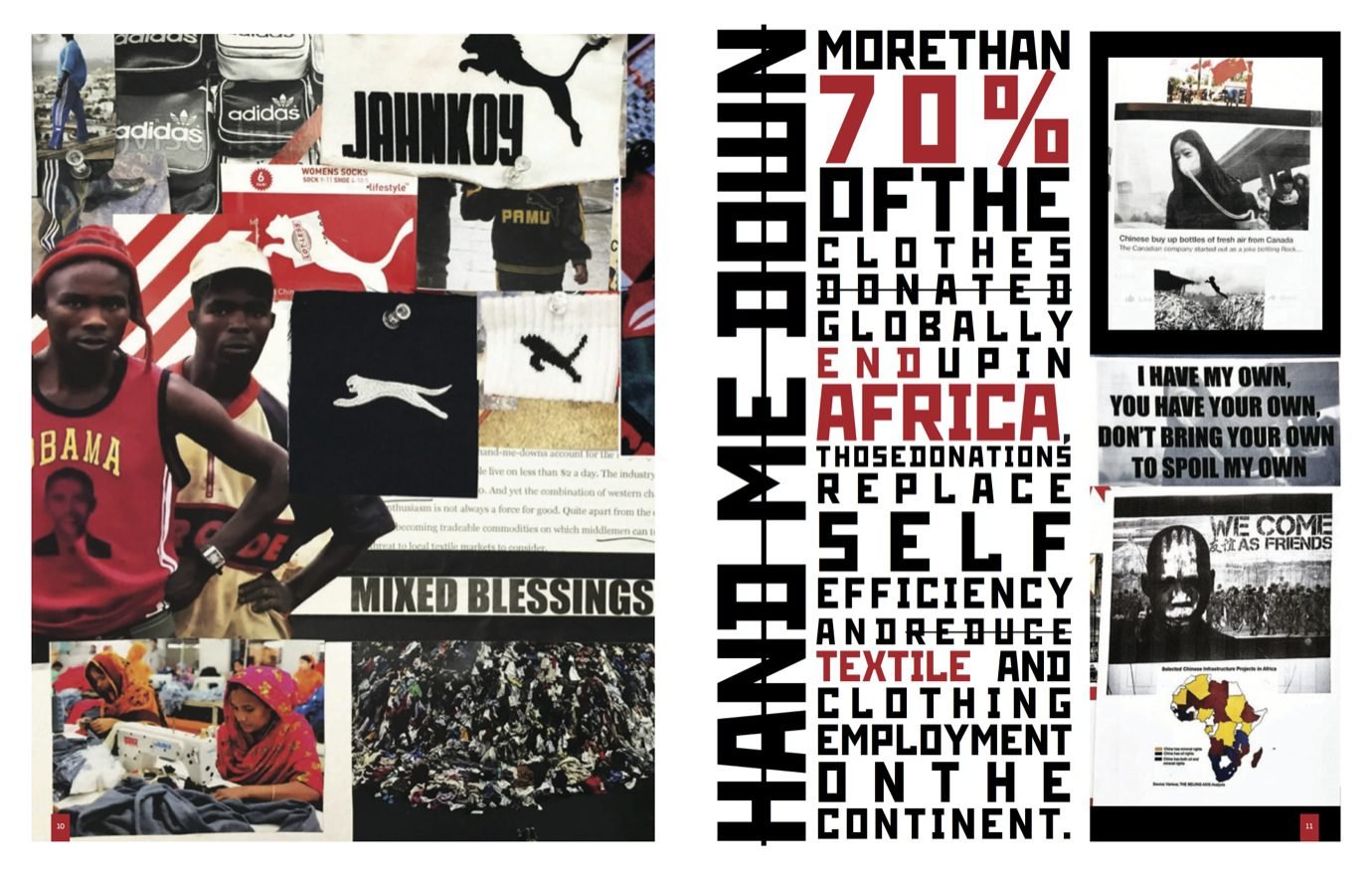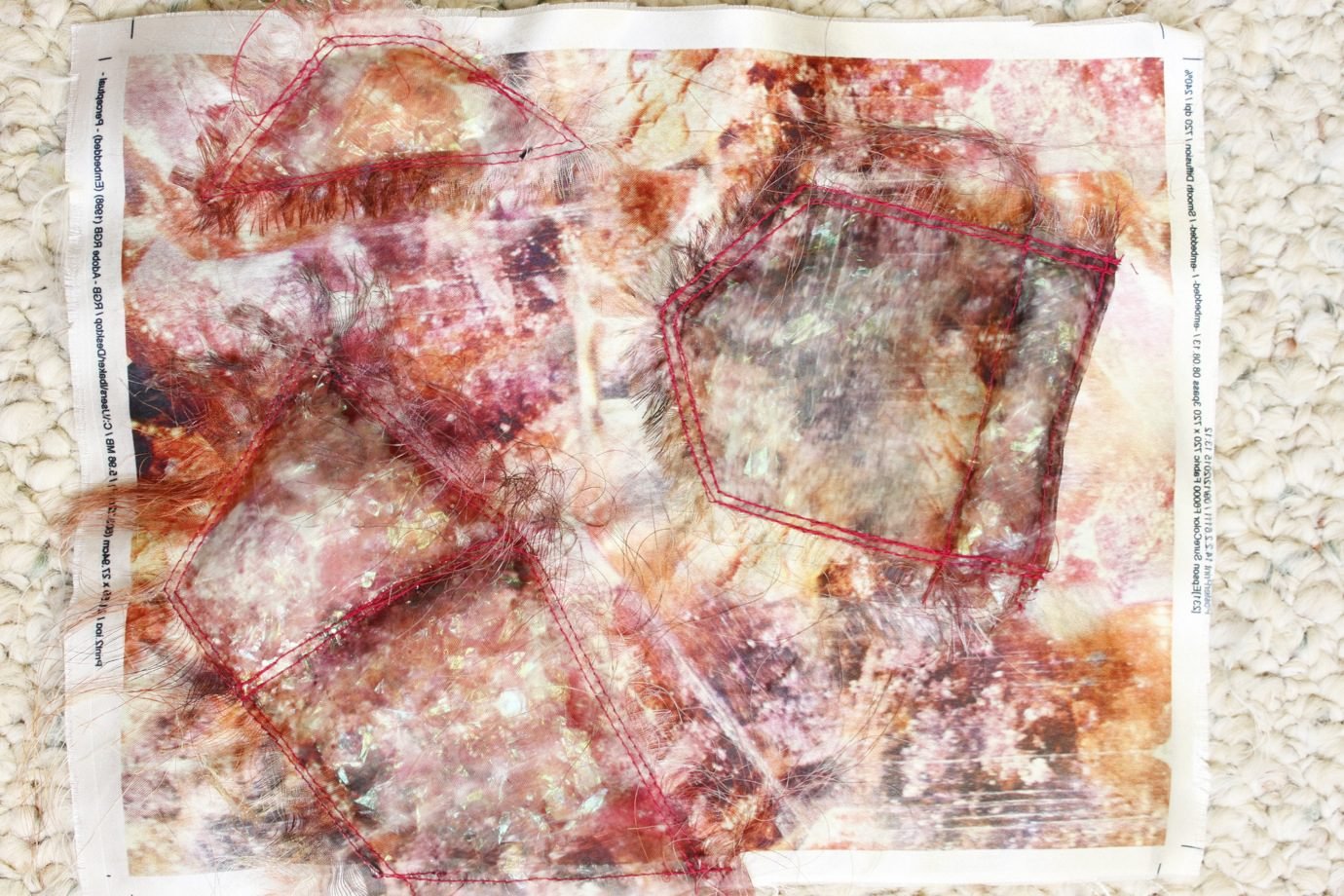The BA Fine Art student is currently working towards her looming final year degree show piece, about which she is still uncertain. ‘‘I have no idea what it will consist of,’’ she says, unfazed. ‘‘I am just making work and hoping it will come to me. Probably after one or two breakdowns…’’
Originally from Stafford, Molly now lives surrounded by fellow fine art students in ‘cliché’ (her words) Peckham. She may hate herself for it (by her own admission again), but this combination of art and everyday millennial living seems to be at the core of her artistic inspiration. ‘‘Networking (in the art world) has become intrinsically linked to dating,” she says. ‘‘If I went onto Tinder now, the first five guys I swipe will either be graphic designers or creative directors. I’ve realized that when a guy messages saying ‘I would really love to see your work in the flesh someday!’ it really means, ‘I would love to see you naked in the flesh someday!’ These power relations are extremely interesting to me and are inspiring my most recent works.’’

